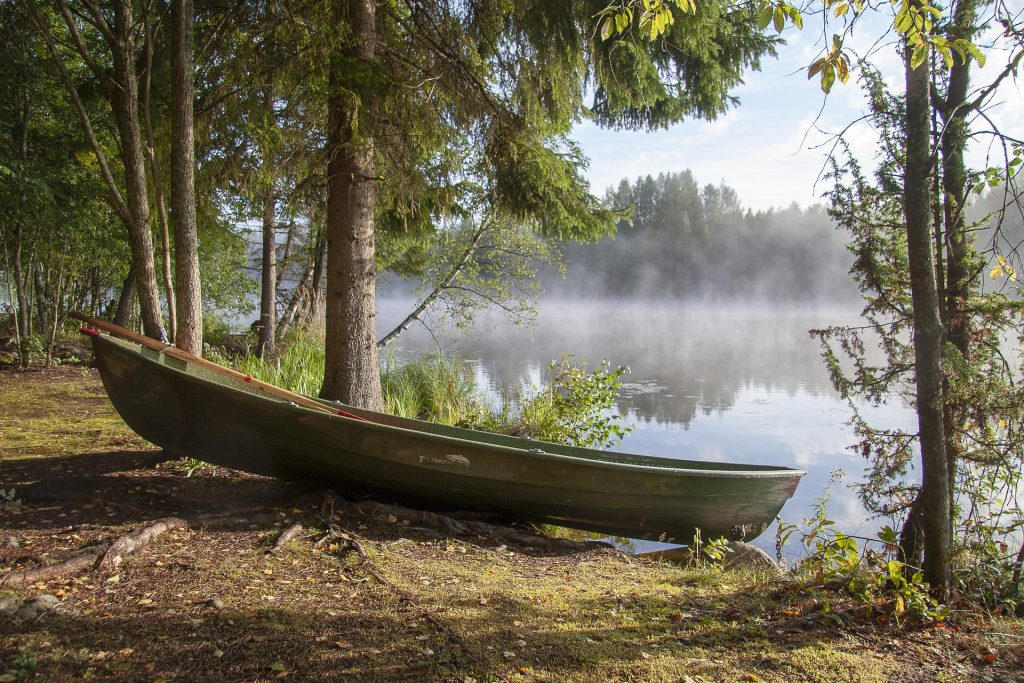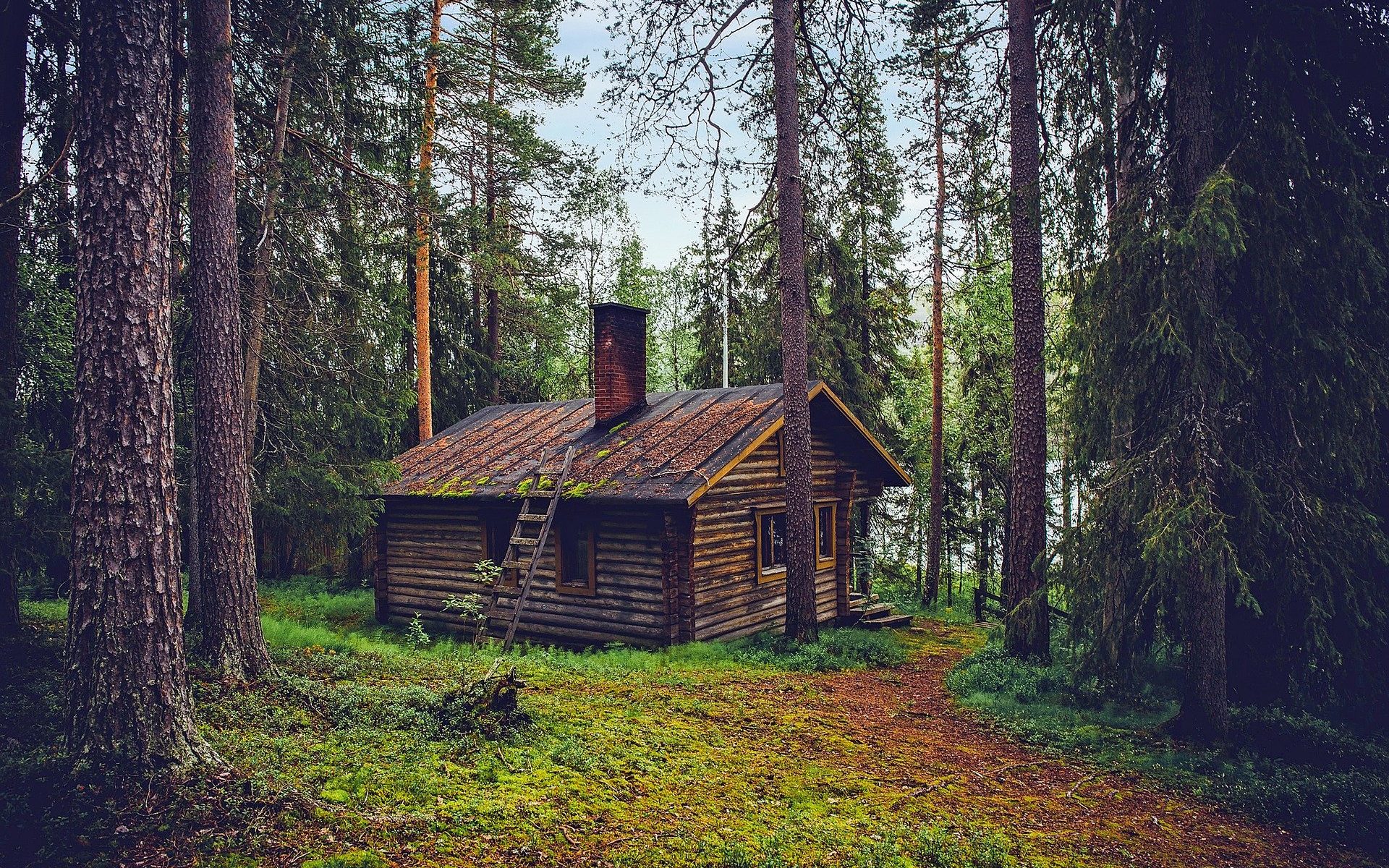It is not a surprise that when it comes to tourism education in the universities, teaching about how to create and develop experiences becomes one of the most common topics of the classes. Obviously, since we tourism students we have been taught that unique experiences have become a trending market during the last years!
So let’s take a look at how hard was it to create a new product almost from scratch.
Creating something from nothing
In the course Tourism Product and Experience Design, we formed groups of four students each to create a touristic experience for Echoes Ecomuseum. The idea was to develop a whole experience around a place that already exists, which in our case was Mynämäen kotiseutumuseo.
During the course we had some classes about the creation of experiences, some advice on how a good tourist experience looks like, and we also had our deadlines for returning some files showing our progress, but nobody told us exactly how to develop our experience, which from my point of view, was a great tool to use our creativity and see how original we would be for this assignment.
The first part of the creation process is to know the place we were going to mold, so everyone must visit their places and take some notes to start the development process, and this was the first challenging step.
It might sound easier when you are watching the power points that say how to actually create a new idea, but have you ever stopped to think about an original idea for something like this? Not easy at all and I’m pretty sure my whole class can relate to that fact!
Going through our location, the museum, taking pictures and notes about what the owner said to us was challenging – we learned more about the place, but our assignment was to “remake” the product, and we realised how difficult it was going to be after all.
And if that was not enough, the places we worked with were all far from the city centers and let’s say they were not too international, I bet I was not the only one who needed the Finnish team mates to translate everything in the museums.
Now that we knew what we had, it was time to get down to work and start thinking about the experience we wanted to develop, and yes as you can imagine, the very first days we were blank, with no ideas about what to do.
It started to go well when we did our brainstorming, some ideas came to us in that great inspiration moment, and we were starting to build something. We might have disagreed sometimes, but there’s no good team with no feedback and different ideas.

Team work and cultural differences
Cultural differences was something interesting for me, and not only because of how Finnish people usually are with things like punctuality (I know, I am late for most of the meetings, but I swear not every Spanish person is like this, I’m sorry team!) But the communication I felt doing this assignment was very satisfactory: I love to work with people who don’t say yes to everything! Feedback is very important in these kind of projects, and that’s something that I loved about working with Finnish people.
Once we had a main idea and the feedback of the teacher, it was time to show our classmates what we had been doing those weeks and to get some feedback. There were many presentations in one day, and all of them with good ideas from challenging places to develop – that is a sign of what this generation could be for the future tourism industry. We all also gave useful feedback to our classmates.
To finish this blog post, I would like to encourage all people with an entrepreneurial soul interested on the tourism industry to think about new, authentic experiences for tourism!
Text: Dorian Espinosa Negrín, exchange student from Universidad de la Laguna
Pictures: Pixabay


